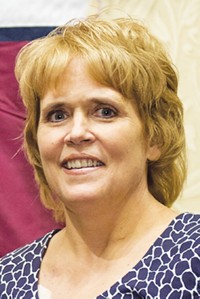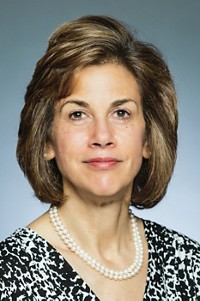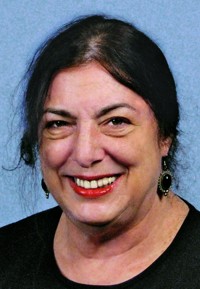Advertisement
Grab your lab coat. Let's get started
Welcome!
Welcome!
Create an account below to get 6 C&EN articles per month, receive newsletters and more - all free.
It seems this is your first time logging in online. Please enter the following information to continue.
As an ACS member you automatically get access to this site. All we need is few more details to create your reading experience.
Not you? Sign in with a different account.
Not you? Sign in with a different account.
ERROR 1
ERROR 1
ERROR 2
ERROR 2
ERROR 2
ERROR 2
ERROR 2
Password and Confirm password must match.
If you have an ACS member number, please enter it here so we can link this account to your membership. (optional)
ERROR 2
ACS values your privacy. By submitting your information, you are gaining access to C&EN and subscribing to our weekly newsletter. We use the information you provide to make your reading experience better, and we will never sell your data to third party members.
Synthesis
ACS Award For Distinguished Service In The Advancement Of Inorganic Chemistry
by Nader Heidari
January 14, 2013
| A version of this story appeared in
Volume 91, Issue 2
Sponsored by Strem Chemicals
Peter C. Ford, a distinguished professor of chemistry at the University of California, Santa Barbara (UCSB), has been a pioneer in many research areas within inorganic chemistry and has been an excellent advocate and mentor for those within the field, according to his colleagues and former students. His dedication and enthusiasm make him more than deserving of the distinguished service award.
Ford’s research interests are broad, encompassing photochemistry, catalysis, and small-molecule bioinorganic chemistry. In addition to publishing more than 350 papers, he has served on multiple editorial boards, including that of the ACS journal Inorganic Chemistry.
Ford, 71, has made important contributions to the field of inorganic chemistry, not only through his research, but also through his mentorship and advocacy for students and professionals. He supervised or cosupervised the research of 61 Ph.D. graduates, and many of his students from all levels have gone on to have very successful careers in academia, industry, and other areas.
While he was growing up, Ford took a great interest in science and history and found a role model in two-time Nobel Prize-winning chemist Linus Pauling.
On a dare, Ford says, he sent an undergraduate application to California Institute of Technology, where Pauling himself was then teaching. Ford succeeded in gaining admission and received his B.S. in chemistry from Caltech in 1962. Although Ford had the opportunity to enter medical school, he decided that he would instead follow his passion for chemical research. Desiring a change of scenery—at the time Ford had never lived outside of California—he left the Golden State to attend Yale University, where he completed his master’s degree in 1963. A series of lectures by Joseph Chatt sparked Ford’s interest in transition-metal chemistry. Ford completed his Ph.D. at Yale under Kenneth B. Wiberg in 1966. Wiberg encouraged him to follow his interests, which led Ford to postdoctoral research under Henry Taube at Stanford University. There, Ford studied complexes between pyridine ligands and ruthenium.
After his postdoctoral research, Ford joined the faculty at UCSB, where he began his extensive and groundbreaking work in photochemistry. He and his collaborators were among the first to use pulse lasers to study transition-metal complexes, and his group’s research into photochemical mechanisms provided many others with insight into the reactions of metal complex excited states and reactive intermediates. Ford’s group has pioneered studies in the physiology of nitric oxide and in delivery methods for biologically active small molecules using photochemistry. Currently, the group is focusing on catalytic conversion of biomass to fuels and feedstocks. He is the director of the Center for Sustainable Use of Renewable Feedstocks, a new National Science Foundation Phase I Center for Chemical Innovation.
Ford lives in Santa Barbara with his wife, Mary Howe-Grant, and her cat, A. J., and goes sailing when he can find the time.
Ford will present the award address before the ACS Division of Inorganic Chemistry.






Join the conversation
Contact the reporter
Submit a Letter to the Editor for publication
Engage with us on Twitter